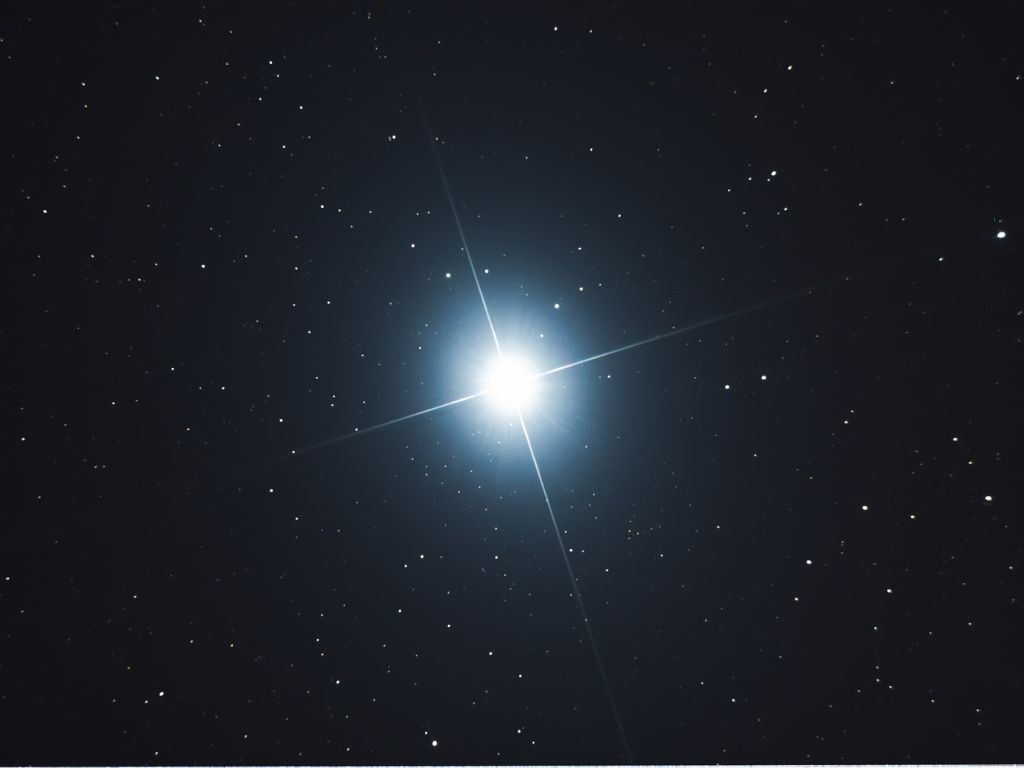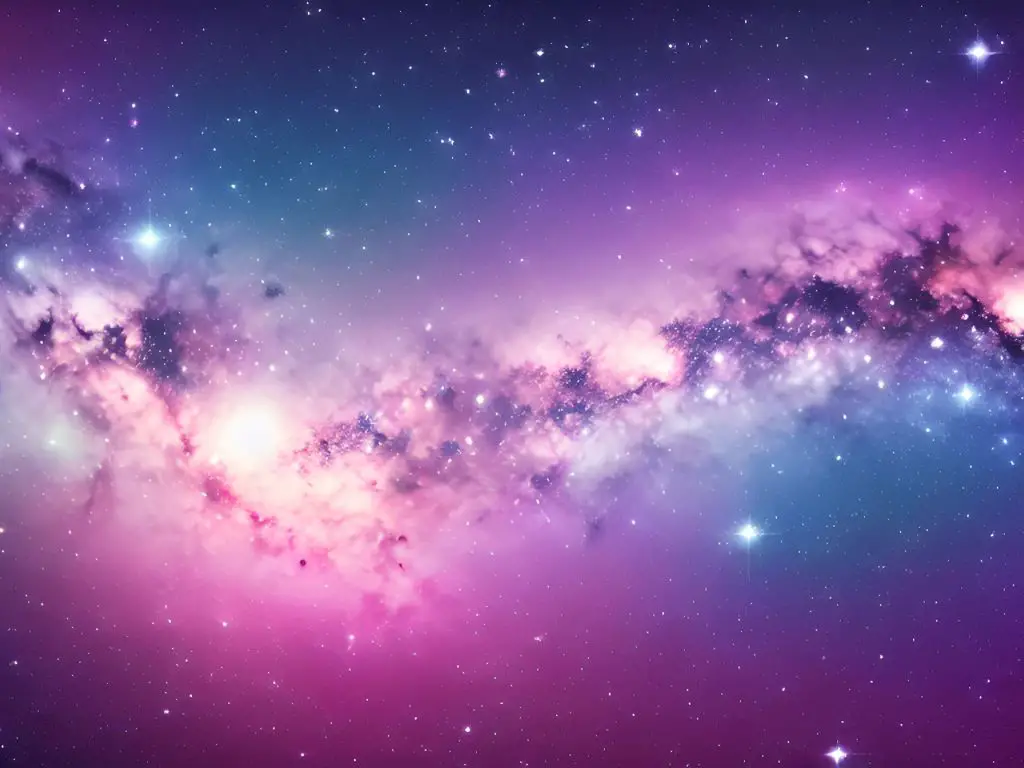Stars have been a source of fascination for centuries. These celestial bodies are an essential component of our universe and play a pivotal role in the cosmic balance. The life cycle of a star is a captivating story filled with dramatic twists and turns, with each stage offering unique insights into the universe’s inner workings. In this article, we’ll explore the various stages of a star’s life cycle, from its birth to its eventual demise. Prepare to embark on a cosmic journey that will leave you spellbound!
Stages of the Life Cycle of a Star
From Nebulae to Protostars: A Star is Born
The Birthplace of Stars: Nebulae
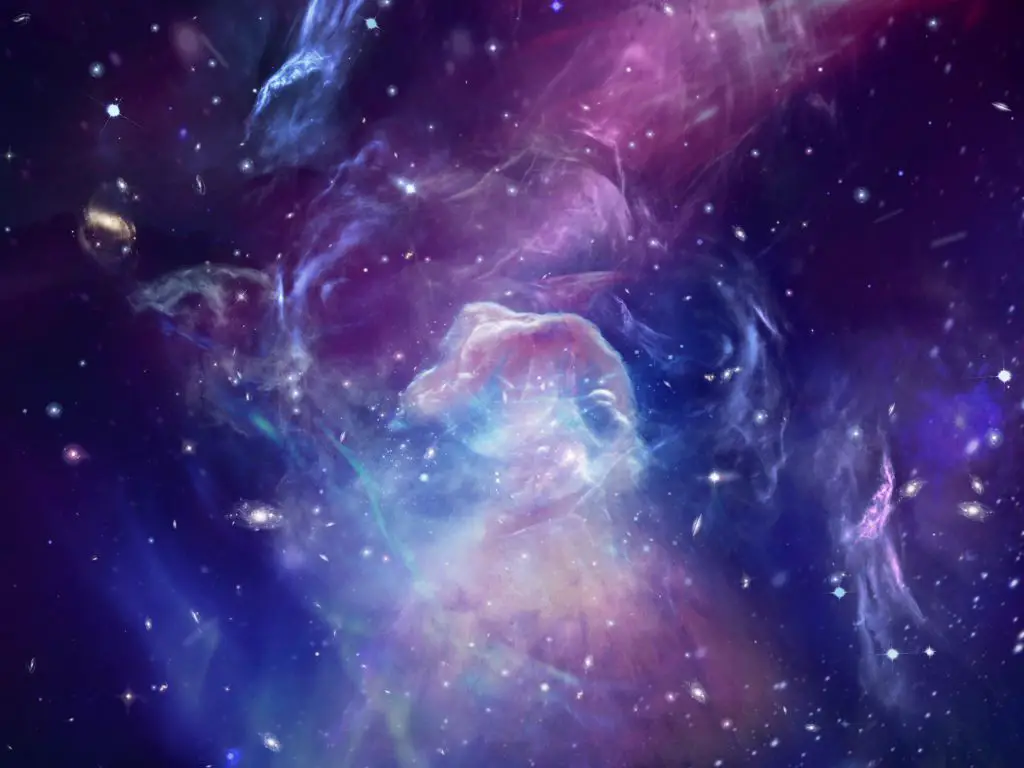
The life cycle of a star begins in a nebula, a massive cloud of gas and dust scattered throughout the universe. Nebulae come in various shapes and sizes, with some spanning hundreds of light-years across. These cosmic nurseries harbor the raw materials needed for star formation. _
The Gravitational Dance: Protostars Emerge
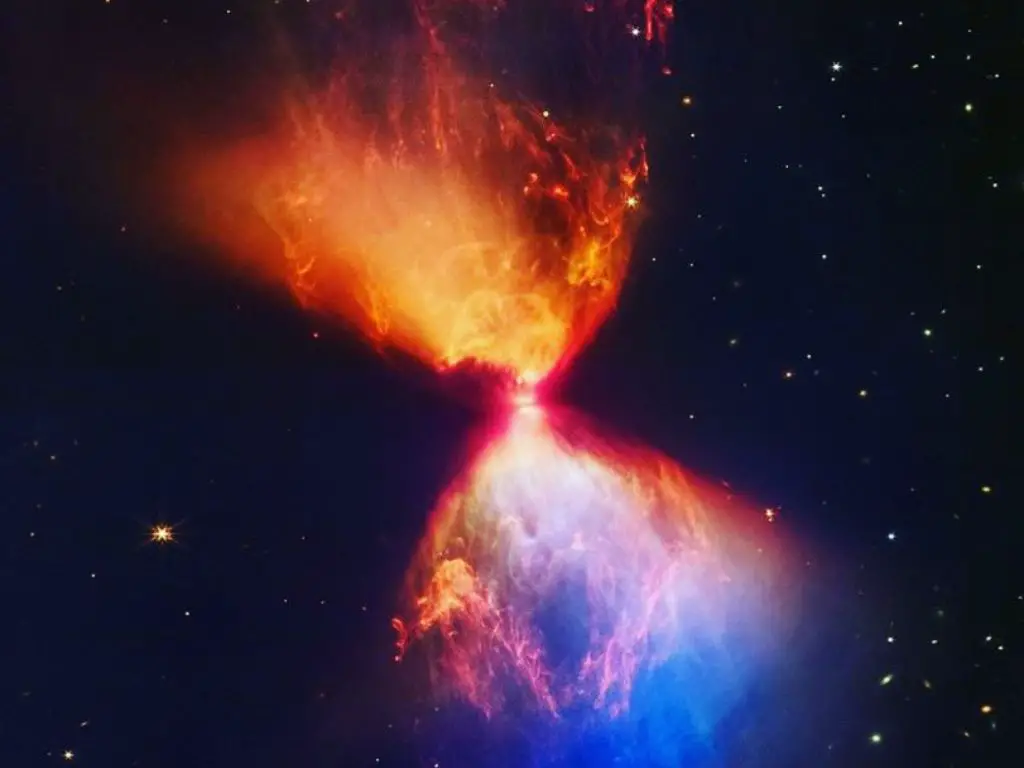
As gravity pulls the gas and dust in a nebula closer together, dense regions known as protostars begin to form. Protostars are not yet stars, but they’re well on their way. As these embryonic stars accumulate more mass, the pressure and temperature at their cores increase, setting the stage for nuclear fusion. _
Main Sequence Stars: The Prime of Stellar Life
A Delicate Balance: Hydrostatic Equilibrium
Once a protostar has amassed enough mass, nuclear fusion begins in its core, marking the birth of a main sequence star. During this stage, stars maintain a delicate balance between the gravitational forces pulling them inward and the pressure from nuclear fusion pushing outward. This state of hydrostatic equilibrium allows stars to shine brightly for millions or even billions of years. _
The Fuel of the Cosmos: Nuclear Fusion
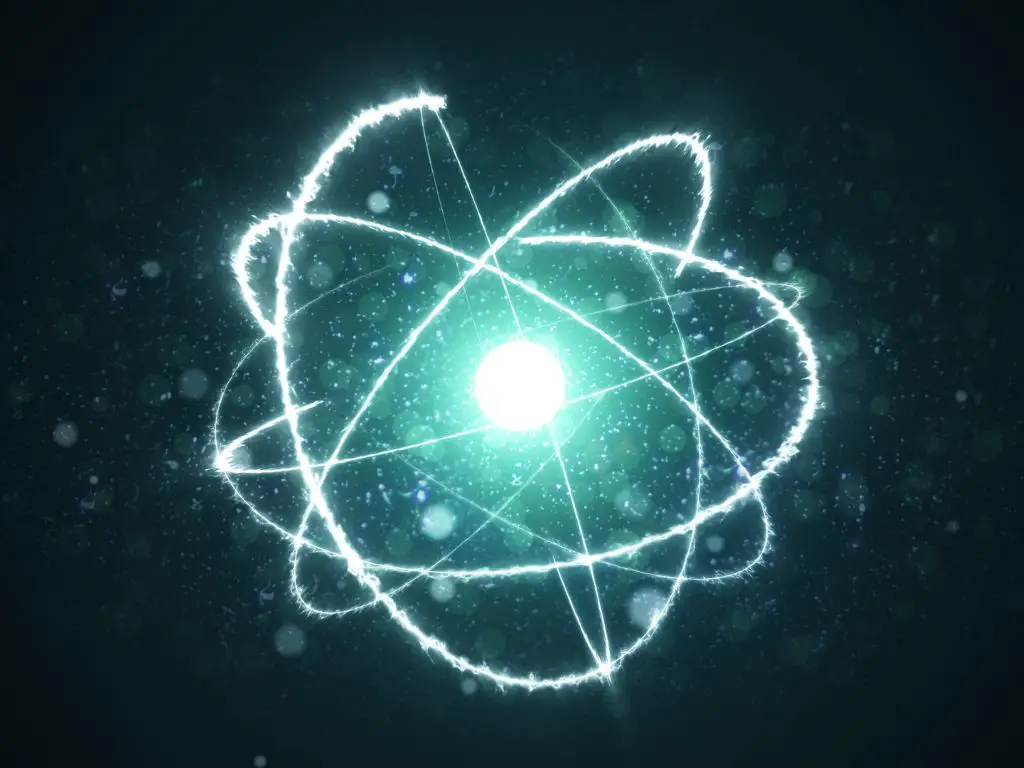
The energy radiated by stars comes from nuclear fusion, a process in which hydrogen atoms combine to form helium. This reaction releases a tremendous amount of energy in the form of light and heat, causing the star to shine. The amount of time a star spends in the main sequence stage depends on its mass. Larger stars burn through their hydrogen fuel more rapidly, leading to shorter lifespans. _
The Twilight of a Star: Red Giants and Supergiants
Expanding Horizons: The Red Giant Phase
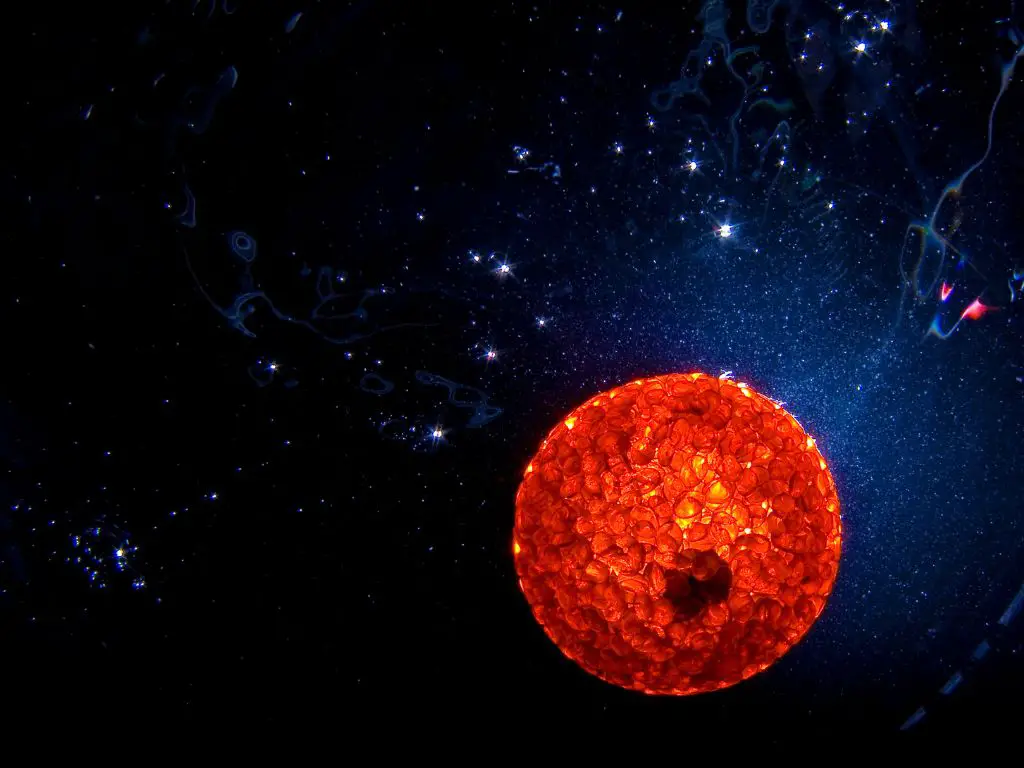
As a star exhausts its hydrogen fuel, its core contracts, and its outer layers expand. This expansion causes the star to cool and redden, transforming it into a red giant. During this stage, the star begins fusing helium into heavier elements, such as carbon and oxygen. The red giant phase marks the beginning of a star’s twilight years, with its ultimate fate depending on its mass. _
The Supergiant Stage: Massive Stars on the Brink
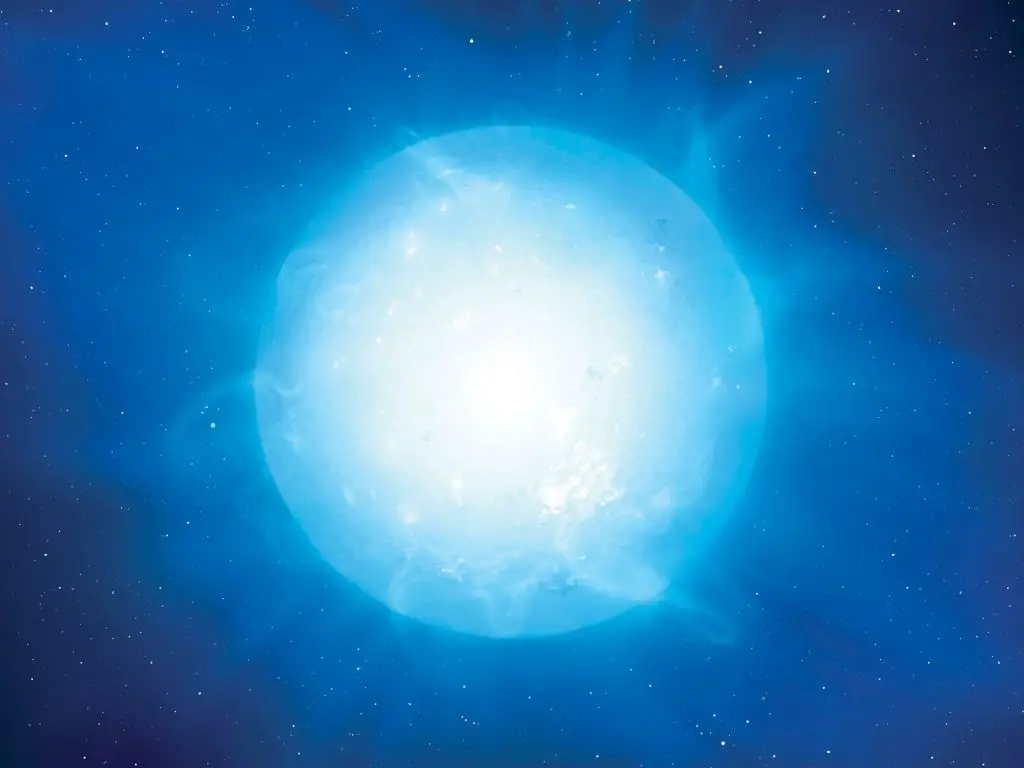
Massive stars follow a similar path, becoming supergiants as they exhaust their hydrogen fuel. These colossal stars are among the most luminous objects in the universe, with some shining millions of times brighter than our Sun. Supergiants also fuse heavier elements in their cores, ultimately creating elements up to iron. _
The Final Curtain: White Dwarfs, Neutron Stars, and Black Holes
The Demise of Low-Mass Stars: White Dwarfs and Planetary Nebulae
After a red giant sheds its outer layers, it leaves behind a dense, hot core known as a white dwarf. These stellar remnants gradually cool and fade over time. The ejected material forms a beautiful, expanding cloud called a planetary nebula, which eventually dissipates into the cosmos. _
The Explosive End of Massive Stars: Supernovae and Neutron Stars
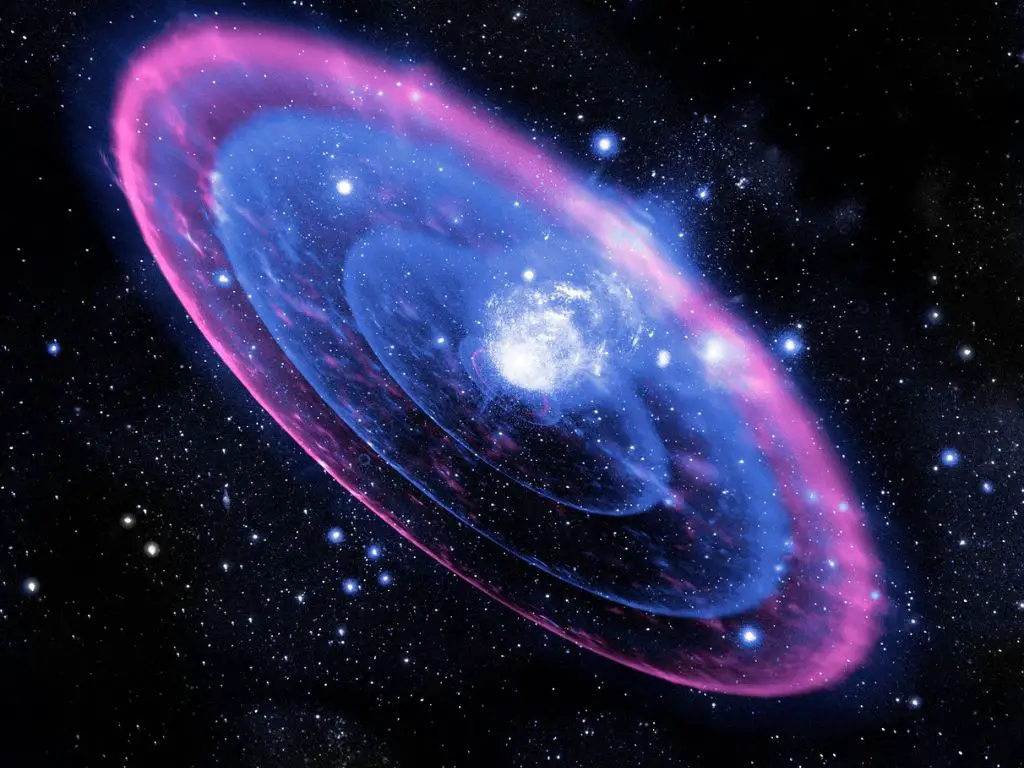
When a massive star reaches the end of its life, it undergoes a spectacular explosion called a supernova. This event is so powerful that it can briefly outshine an entire galaxy. During a supernova, the star’s core collapses, forming a dense remnant known as a neutron star. Neutron stars are incredibly dense, with a mass greater than our Sun compressed into a sphere just a few miles across. These fascinating objects spin rapidly and emit intense radiation, making them a popular subject of study among astronomers. _
The Ultimate Fate: Black Holes
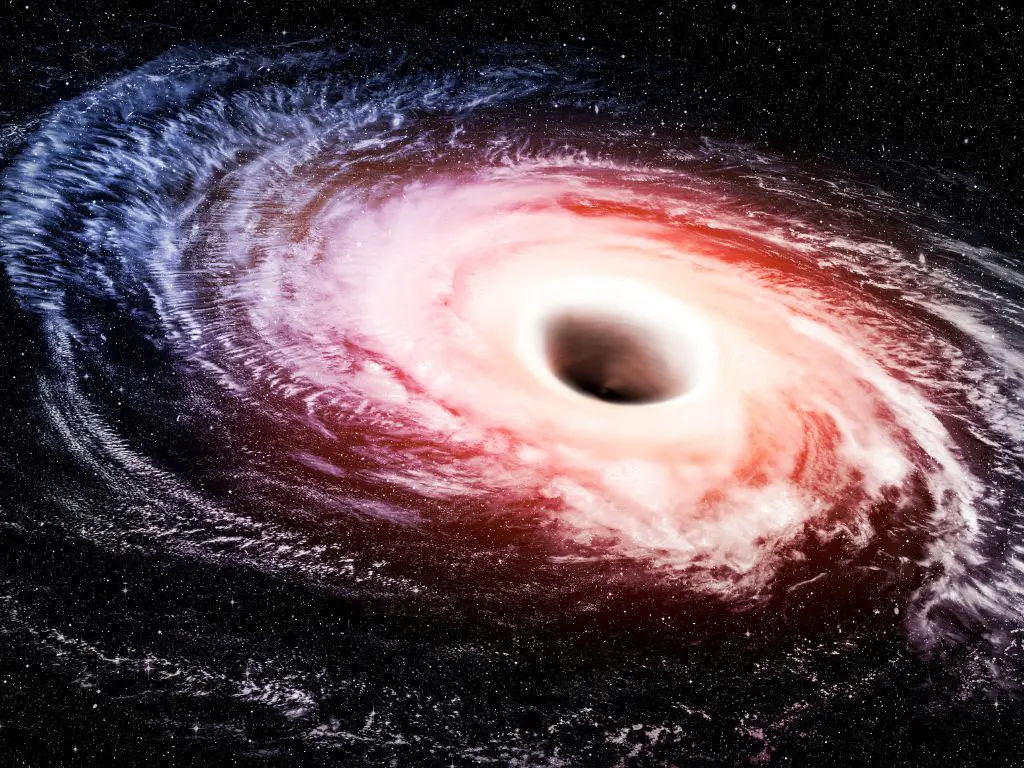
For the most massive stars, even a neutron star’s immense density cannot prevent the core’s continued collapse. The result is the formation of a black hole, an object with gravity so strong that not even light can escape. Black holes are among the most mysterious objects in the universe, and their study continues to challenge our understanding of space, time, and the very fabric of reality.
Frequently Asked Questions
1. How long does each stage of a star’s life cycle last?
The duration of each stage depends on the star’s mass. For example, a low-mass star like our Sun will spend about 10 billion years in the main sequence, while a more massive star may only last a few million years. The red giant and supergiant phases are relatively short, typically lasting a few million years or less. The final stages—white dwarfs, neutron stars, and black holes—can persist for billions of years or longer. _
2. Can we observe the different stages of a star’s life cycle?
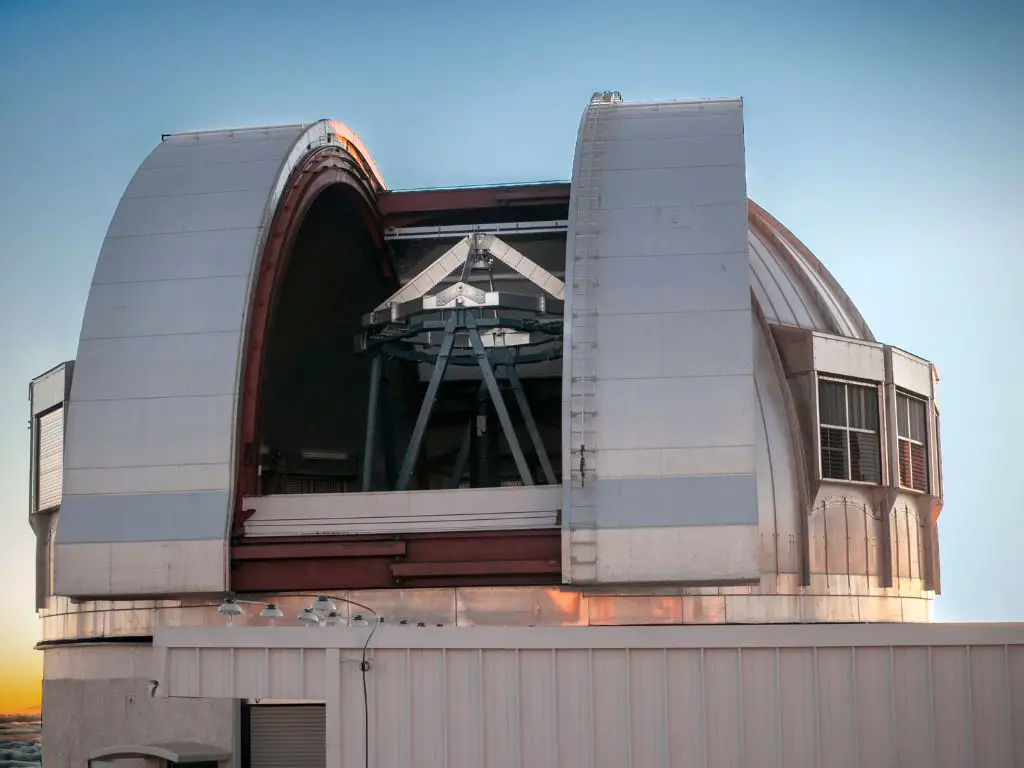
Yes, astronomers can observe stars at various stages of their life cycles. For example, we can see protostars within nebulae using infrared telescopes, while main sequence stars, red giants, and supergiants are visible across the electromagnetic spectrum. Supernovae are observable as brief, intense bursts of light, and the remnants they leave behind—white dwarfs, neutron stars, and black holes—can be studied through various means, such as X-ray and radio observations. _
3. What determines the path a star will take through its life cycle?
The primary factor determining a star’s life cycle is its mass. A star’s mass influences the rate of nuclear fusion, the types of elements it can fuse, and the ultimate fate it will meet. Lower-mass stars will evolve into red giants and eventually white dwarfs, while more massive stars will become supergiants, explode as supernovae, and leave behind neutron stars or black holes. _
4. How do the stages of a star’s life cycle contribute to the formation of new stars?
Stars play a crucial role in the cosmic recycling process. As they evolve, stars produce and disperse heavier elements into the interstellar medium through processes such as stellar winds, planetary nebulae, and supernovae. This enriched material can then be incorporated into new generations of stars and planets, continuing the cycle of star formation and evolution. _
5. What can we learn from studying the life cycle of stars?
Studying the life cycle of stars provides insights into the evolution of the universe, the formation of galaxies, and the origins of the elements that make up everything we know. It also helps us understand our own place in the cosmos, as our Sun and solar system are products of this ongoing stellar dance.
The Cosmic Journey Continues
The life cycle of a star is a tale of birth, life, and death on a cosmic scale. From their humble beginnings in vast nebulae to their final resting places as white dwarfs, neutron stars, or black holes, stars play a central role in shaping the universe and the elements that comprise it. As we delve deeper into the mysteries of these celestial wonders, we continue to unlock the secrets of our cosmic origins and the complex dance of matter and energy that has been unfolding for billions of years. By studying the life cycle of stars, we not only gain a greater understanding of the cosmos, but we also gain a deeper appreciation for our own place within the grand tapestry of the universe. In the end, the story of stars is not just a tale of cosmic phenomena, but also a reflection of our own journey through space and time

